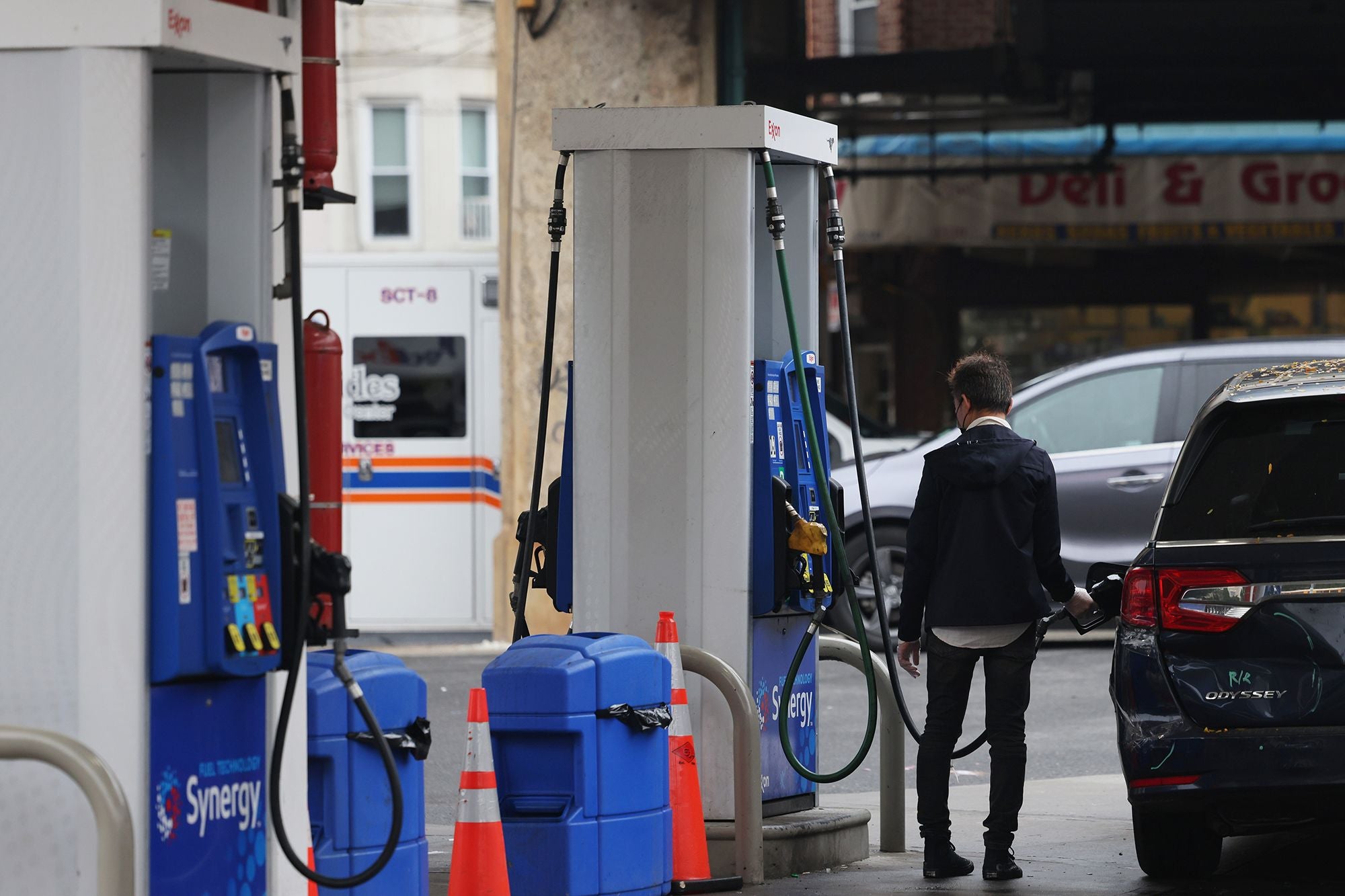Consumer price inflation rose more than expected in September
Minneapolis (CNN) — Price increases remained elevated in September as year-high gas prices and shelter costs kept inflation high and heaped more pressure on consumers, according to new data released Thursday by the Bureau of Labor Statistics.
The Consumer Price Index rose 3.7% for the 12 months ended in September, landing a touch above economists’ expectations. Consensus estimates were for annual inflation to rise by 3.6%, which would have been a slight retreat from August’s 3.7% gain, according to Refinitiv.
On a monthly basis, inflation gained 0.4%, which was above estimates for a 0.3% gain.
The shelter index, which is largely a measurement of rental leases as well as the implicit rental value of owner-occupied properties, accounted for more than half of the monthly increase with increases in gasoline and fuel oil also contributing to the rise.
Although the annual headline inflation rate held steady with August levels, Thursday’s report also showed progress on areas critical to American consumers as well as the Federal Reserve.
Food price inflation is at its lowest rate since March 2021, matching overall inflation at 3.7%. It’s the first time since early 2022 that food prices did not outpace overall inflation, CPI data shows.
Also, underlying inflation trends are moving in the desired direction of the Federal Reserve, which has been on an inflation-busting campaign of rate hikes since March 2022.
When stripping out gas and food, the core CPI cooled for the sixth month in a row and was up 4.1% annually off a 0.3% monthly gain. The monthly increase in core held steady from what was seen in August.
Shelter costs accounted for 70% of the monthly increase in core.
Economists have said that shelter costs, as measured by the CPI, should eventually start to wane. They note that some market-rate rents and new leases have declined in recent months.
Inflation remains higher than what the Federal Reserve is hoping for; however, it’s gradually trending downward — albeit along a bumpy path.
“The Fed will want to see at least six months of lower inflation before declaring victory,” Julia Pollak, chief economist at online job marketplace ZipRecruiter. “In the meantime, higher borrowing costs are weighing on households, particularly those with credit card debt or subprime car loans; and on businesses, especially those with high levels of debt in variable-rate bonds. If rates stay higher for longer, as the Fed has signaled, that will likely drag down consumer spending and business spending — including on hiring — in the coming months.”
This story is developing and will be updated.
